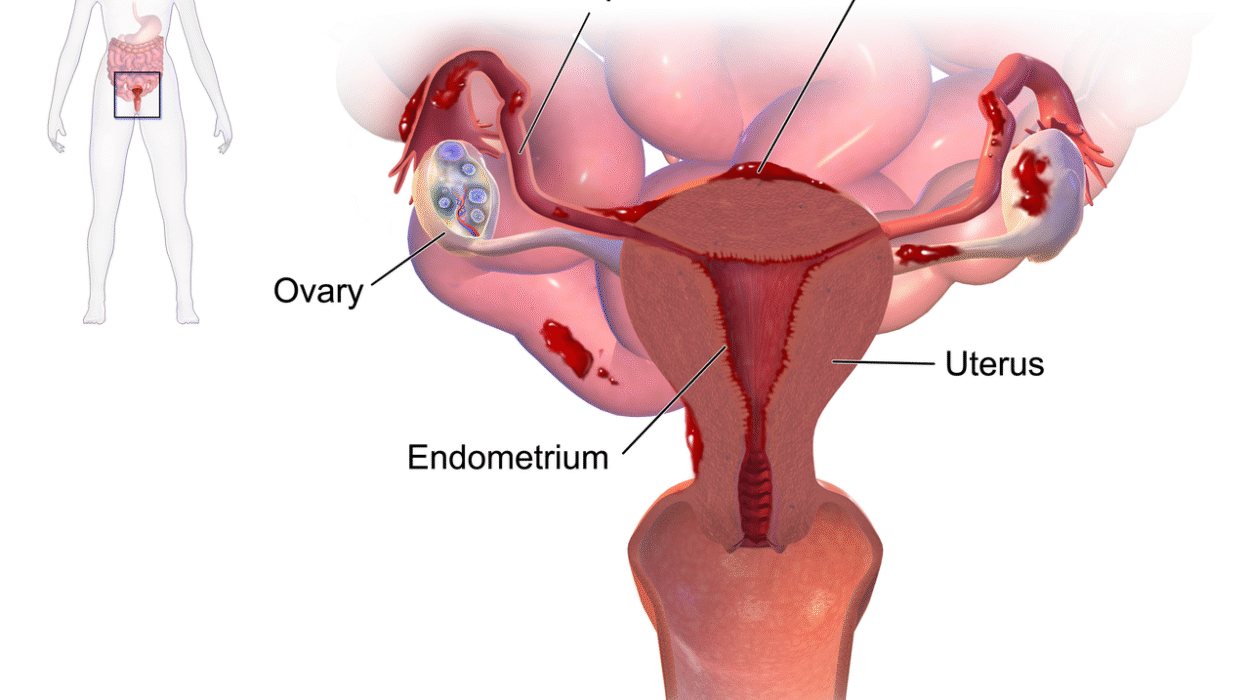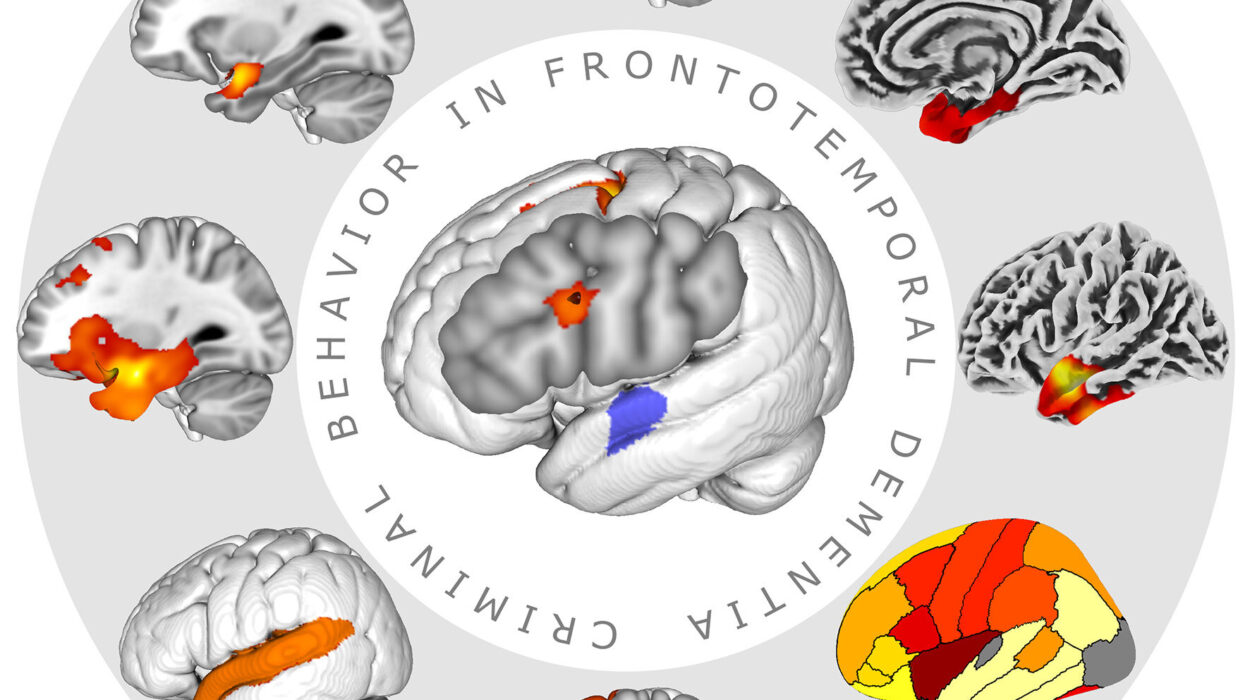For decades, women have been fed conflicting advice about exercise. On one hand, they’re told that cardio is the key to burning fat and staying lean. On the other, there’s a growing chorus of fitness professionals insisting that strength training is essential, especially as women age. In this tangled web of opinions, marketing campaigns, social media influencers, and ever-evolving science, it’s no wonder many women feel confused—and even intimidated—by the simple act of choosing how to work out.
But the question “What’s better: cardio or weights?” isn’t just about losing pounds or toning thighs. It touches on deeper questions about how women see their bodies, how society expects them to move, and how physiology, psychology, and culture all converge in the gym or on a running trail. This isn’t just a comparison of two workout types—it’s a larger conversation about empowerment, health, and how women can train smarter, not harder.
So let’s throw out the old playbook. It’s time to break down what cardio and weight training actually do, how they affect the female body, and what’s truly “better”—not just for your waistline, but for your energy, hormones, heart, mind, and future.
The Allure and Myth of Cardio
When most people hear the word “cardio,” they picture a treadmill, a spinning class, or someone jogging at sunrise. It’s the traditional image of fitness, and for many women, it’s where the journey begins. Cardio—short for cardiovascular exercise—includes any activity that raises your heart rate and keeps it elevated for a sustained period of time. Running, cycling, swimming, dancing, brisk walking—they all qualify.
One reason cardio has become synonymous with weight loss is because it burns calories. A 30-minute run can torch between 200 and 400 calories depending on intensity and body weight. There’s also a strong psychological link between sweat and success. Many women feel that if they aren’t dripping by the end of a workout, they haven’t done enough. This mindset is reinforced by decades of diet culture, media messaging, and the false promise that more cardio equals a slimmer body.
But while cardio does have impressive benefits—especially for heart health and mental clarity—its reputation as the ultimate fat-burning tool is oversimplified. The truth is, your body becomes incredibly efficient at cardio over time. That 3-mile jog that used to leave you breathless eventually becomes routine, and your calorie burn plateaus unless you continue increasing time or intensity.
Even more importantly, cardio can burn both fat and muscle, especially if done in excess without proper nutrition or strength support. This is where the conversation starts to shift—because losing muscle mass isn’t just about appearance. It affects metabolism, hormone balance, bone density, and even immune function.
Understanding Weight Training Through a Female Lens
Strength training—or resistance training—has long been misunderstood by women. For years, it was relegated to bodybuilders and men who wanted to “bulk up.” The idea of a woman lifting heavy weights was either dismissed or feared. Would it make you too muscular? Would it destroy your femininity? Would it somehow work against your goals of being slim and toned?
Fortunately, the tide is changing. More women are picking up dumbbells, swinging kettlebells, and doing deadlifts—and the results speak for themselves. Strength training involves applying resistance to muscles to force them to adapt and grow stronger. This can be done using body weight (like in yoga or calisthenics), free weights, resistance bands, or weight machines.
What makes strength training so powerful for women is not just its ability to reshape the body—it’s what it does inside the body. It builds lean muscle mass, which is metabolically active tissue. That means your body burns more calories at rest, even when you’re not working out. Strength training also improves posture, balance, joint stability, and coordination. It enhances insulin sensitivity, reduces inflammation, and has been shown to lower the risk of chronic diseases like type 2 diabetes and osteoporosis.
Perhaps most profoundly, lifting weights supports hormonal health. For women entering perimenopause or menopause, strength training can help offset the decline in estrogen that contributes to muscle loss, fat gain, and bone thinning. It stimulates the production of growth hormone and testosterone—yes, women need a little of that too—which help preserve lean tissue and keep energy levels high.
And no, lifting weights won’t make you “bulky.” Achieving a visibly muscular physique takes years of dedicated training, strict diet, and, in some cases, supplementation. What most women will experience instead is a tighter, more defined appearance and a sense of strength that translates far beyond the gym.
Cardio’s Unique Benefits for Women
That said, it would be a mistake to pit cardio and weights as enemies. Cardio remains essential for several reasons, particularly for women’s cardiovascular and mental health.
Heart disease is the leading cause of death for women, even more than breast cancer. Cardio strengthens the heart muscle, improves blood pressure, and enhances circulation. It also lowers bad cholesterol (LDL) and raises good cholesterol (HDL), helping to keep arteries clear and functioning.
From a mental health perspective, cardio is a game-changer. It triggers the release of endorphins—natural mood lifters—and can act as a powerful tool against anxiety and depression. The rhythmic nature of running, swimming, or cycling also provides a meditative quality, giving the brain a chance to decompress and reset. For many women juggling careers, caregiving, and social pressures, those 30 minutes of cardio can feel like precious me-time.
Certain forms of cardio—like dance, Zumba, or kickboxing—can be socially engaging and confidence-boosting. They tap into rhythm, expression, and fun, making fitness feel less like a chore and more like a celebration. That psychological reward can’t be ignored, especially when it helps form long-term exercise habits.
Muscle, Metabolism, and the Female Advantage
Let’s talk metabolism—a topic that often becomes front and center in midlife. Women frequently notice that their ability to “bounce back” from indulgences or skip workouts without consequence begins to fade in their 30s and 40s. That’s not just aging—it’s biology.
Women naturally have lower muscle mass than men, and muscle mass begins to decline around age 30 unless maintained through regular strength training. Since muscle burns more calories than fat, losing it slows your resting metabolic rate, making it easier to gain weight and harder to lose it.
This is where strength training becomes non-negotiable. By preserving and even building muscle, women can keep their metabolisms more resilient and active. This doesn’t just help with weight management; it also supports blood sugar regulation, reduces fat storage (especially around the abdomen), and improves overall energy.
It’s also important to note that many women under-eat or over-exercise (especially with cardio) in an attempt to lose weight, creating a hormonal stress response that backfires. Cortisol, the stress hormone, increases with excessive cardio, especially in the absence of proper recovery and nutrition. Over time, this can lead to fat retention, menstrual irregularities, fatigue, and even thyroid disruption. Strength training, by contrast, tends to stabilize cortisol and promote a more balanced hormonal environment.
What About Fat Loss?
One of the most persistent myths is that cardio is the best way to lose fat. It’s true that cardio burns more calories during the workout itself. But strength training has a secret weapon: the afterburn effect. Also known as excess post-exercise oxygen consumption (EPOC), this refers to the calories your body continues to burn after a workout as it repairs muscle and restores oxygen levels. Strength training sessions can increase EPOC for up to 24–48 hours, depending on intensity.
Moreover, building muscle improves your body composition. You may not see a massive drop on the scale, but your clothes fit better, your shape becomes more defined, and your fat percentage drops even if weight stays the same. That’s why many trainers emphasize “losing fat” over “losing weight.”
A combination of strength training and short bursts of high-intensity interval training (HIIT)—which blends cardio and resistance—can be especially effective for fat loss. HIIT creates a hormonal and metabolic environment that encourages fat burning, preserves lean muscle, and keeps workouts efficient, especially for women with busy schedules.
Bone Health and Beyond
Osteoporosis disproportionately affects women, particularly after menopause. Estrogen plays a crucial role in maintaining bone density, and its decline leaves bones vulnerable to thinning and fractures. Weight-bearing and resistance exercises are some of the most effective ways to strengthen bones and reduce the risk of osteoporosis.
Unlike cardio alone, which has limited impact on bone strength, resistance training stimulates bone-forming cells and enhances skeletal structure. Squats, lunges, and overhead presses may look like muscle moves, but they’re also investments in your long-term skeletal health.
Weight training also supports joint health by strengthening the muscles, ligaments, and tendons that support your joints. For women with arthritis or joint pain, this can mean less stiffness and better mobility. Cardio can complement this by increasing circulation and joint lubrication—but without the strength base, it’s harder to move pain-free in the long term.
Confidence, Capability, and the Mental Edge
There’s a psychological transformation that often occurs when women begin to lift weights. It’s not just about aesthetics—it’s about discovering what your body can do rather than what it should look like. Strength training often inspires a sense of mastery and agency. Each time you lift heavier, complete another rep, or learn a new movement, you’re proving to yourself that you’re capable of more than you thought.
This mindset shift can spill into other areas of life. Studies have shown that women who strength train report higher levels of self-esteem, lower anxiety, and a stronger sense of body ownership. Instead of feeling like their bodies are projects to fix, women begin to see them as tools to experience life.
While cardio has its own psychological benefits—especially for mood elevation—strength training may have a more profound impact on body image and resilience. There’s something empowering about picking up heavy things, holding your ground, and realizing you are not fragile.
Is There an Ideal Balance?
So, which is better—cardio or weights? The honest answer: both have value, and the best approach depends on your goals, preferences, and life stage.
For most women, an ideal program includes a mix of both. Strength training 2–4 times a week forms the foundation, especially for metabolic health, muscle maintenance, and bone strength. Cardio can be layered on top—whether it’s a few brisk walks a week, dance sessions, cycling, or short bursts of HIIT. The goal isn’t to choose one over the other but to integrate them in a way that supports your body, your schedule, and your long-term health.
Some weeks may lean more cardio-heavy, especially if you’re managing stress or craving movement. Other weeks might be strength-focused, especially if you’re progressing through a lifting plan or prioritizing fat loss. The key is flexibility, consistency, and listening to your body.
Reclaiming Fitness on Your Terms
Perhaps the most powerful takeaway in the cardio vs. weights debate is that women no longer have to be boxed in by outdated fitness rules. You’re allowed to lift heavy. You’re allowed to run. You’re allowed to rest. You’re allowed to love dance classes or CrossFit—or neither.
Your fitness routine should reflect your goals, not someone else’s idea of what you “should” do. It should evolve as your body and life evolve. It should support your hormones, protect your bones, energize your brain, and make you feel alive.
This is the new fitness frontier for women: one where cardio and weights work together, where sweat isn’t the only metric of success, and where strength—physical, emotional, metabolic, and mental—is the real goal.






